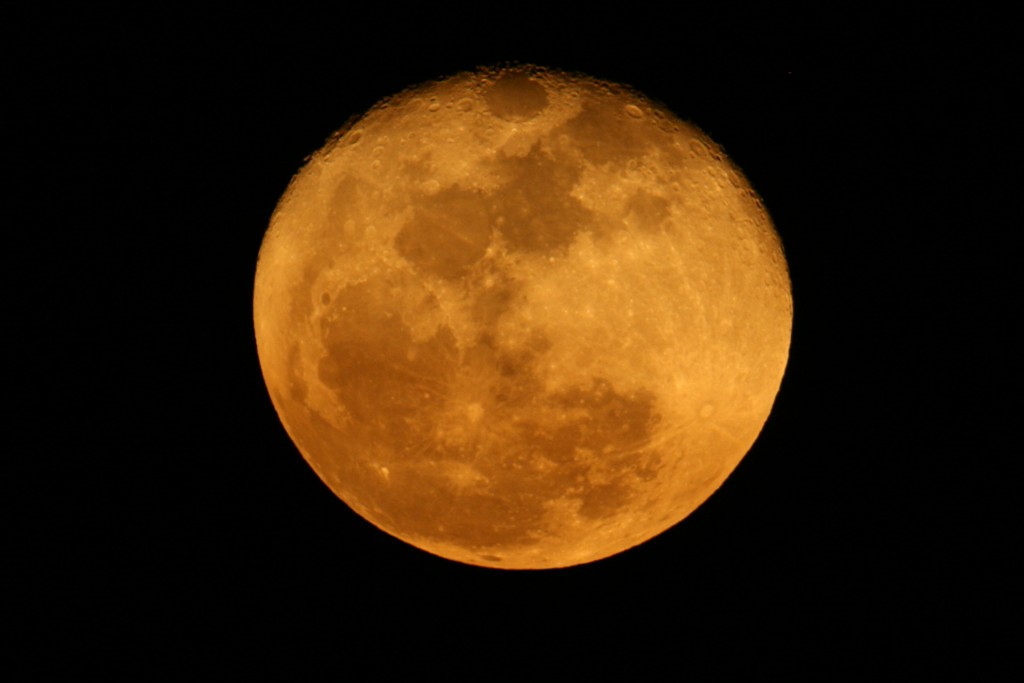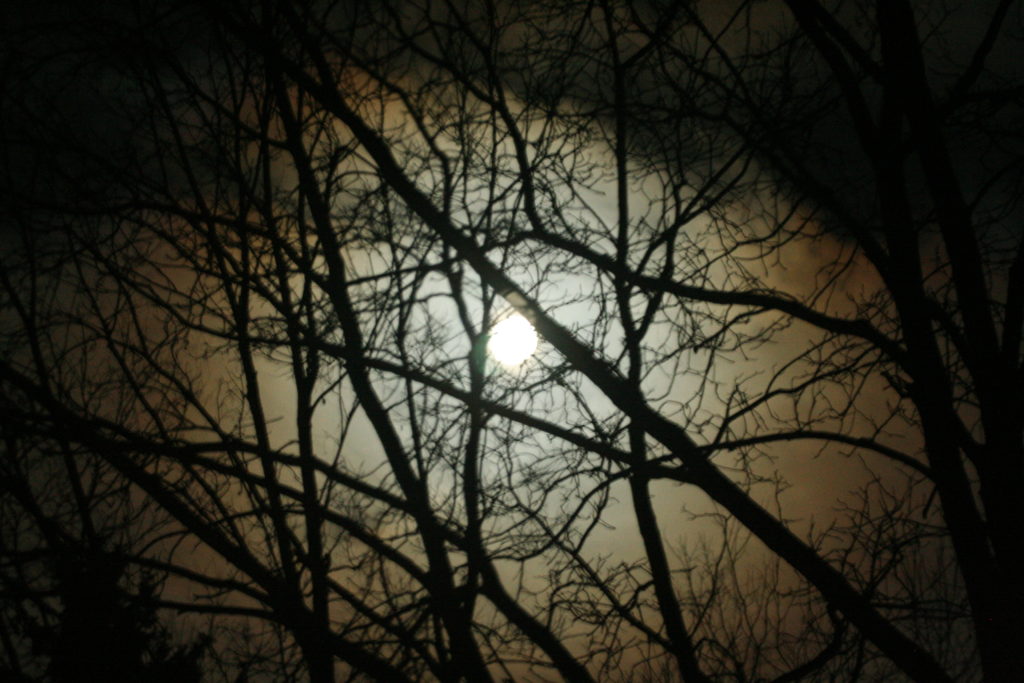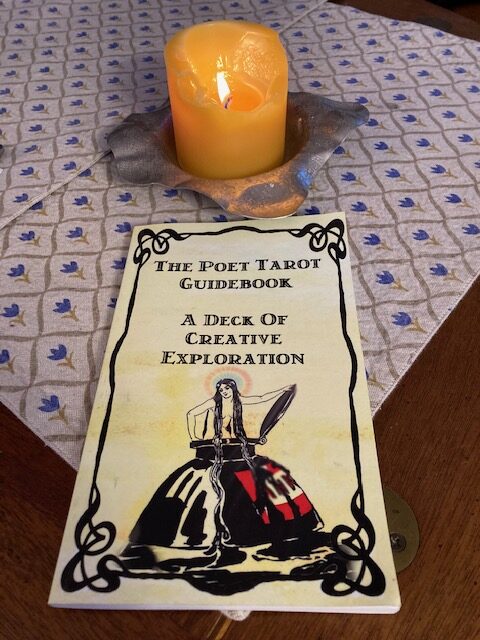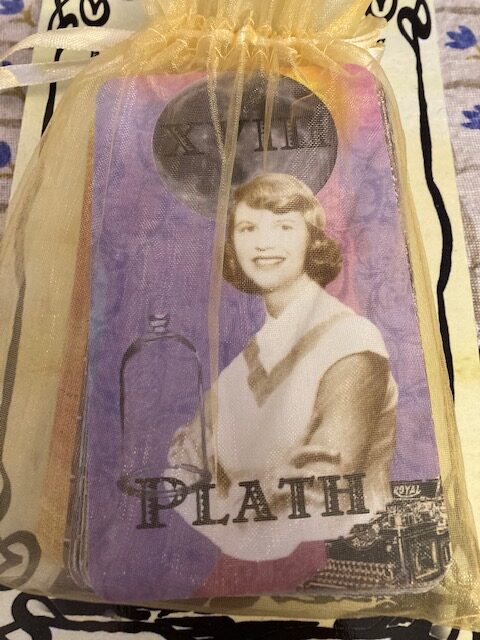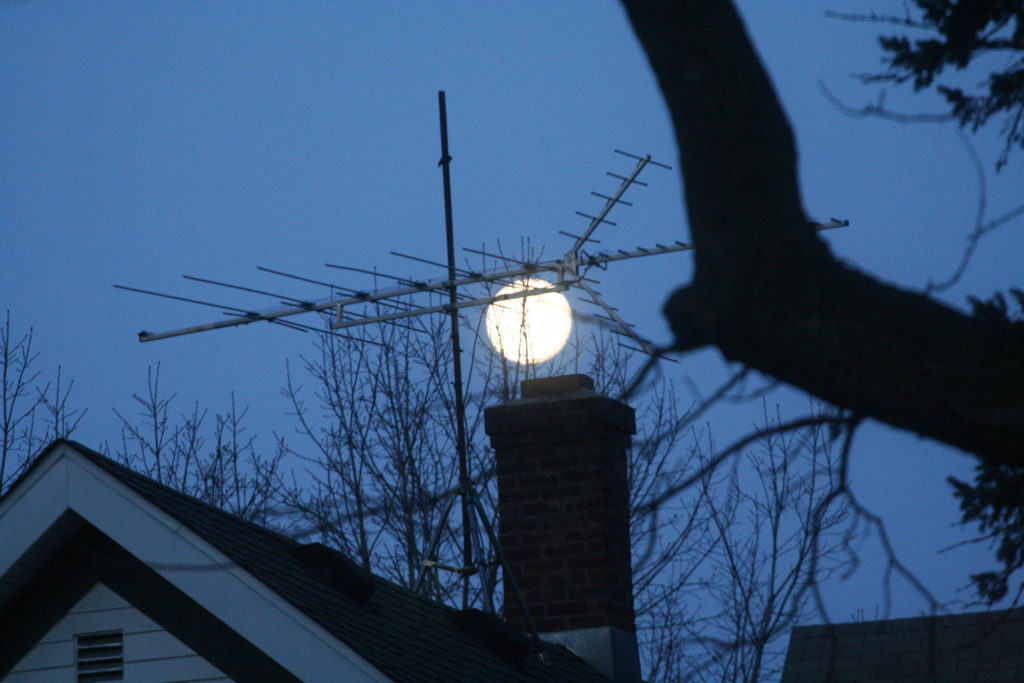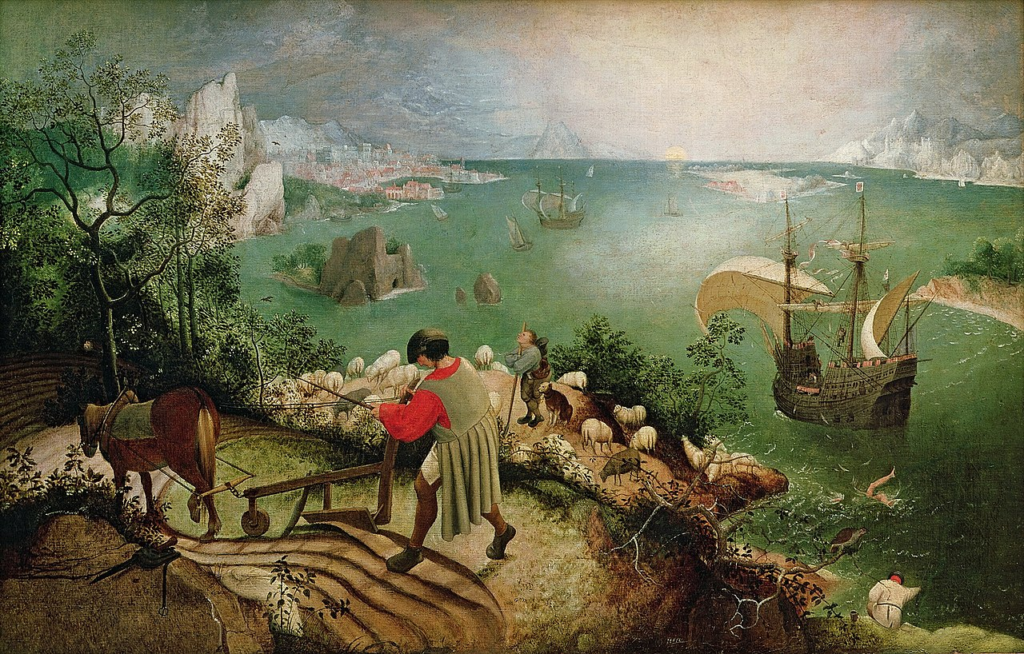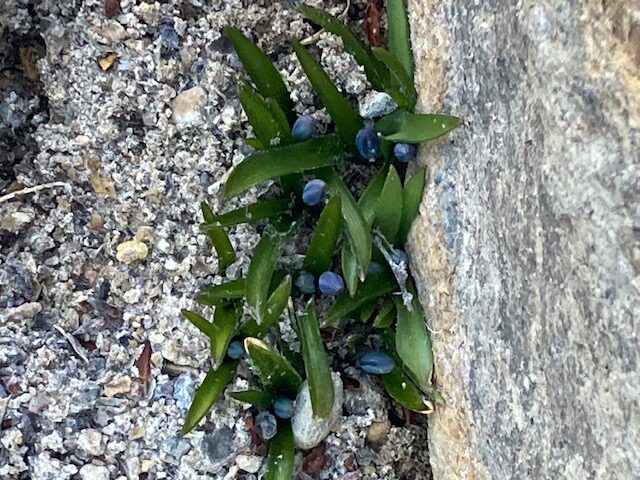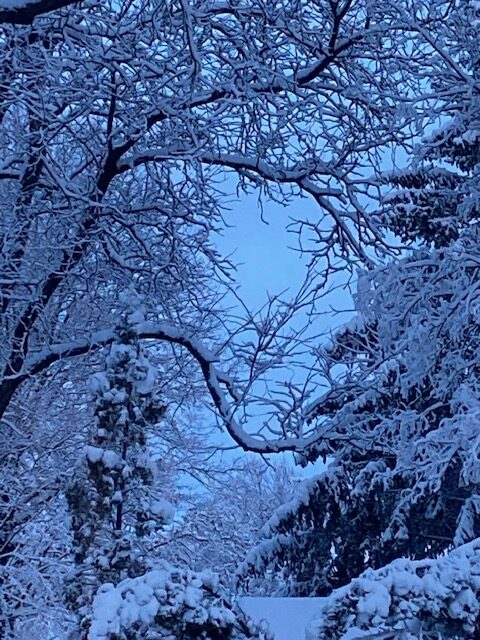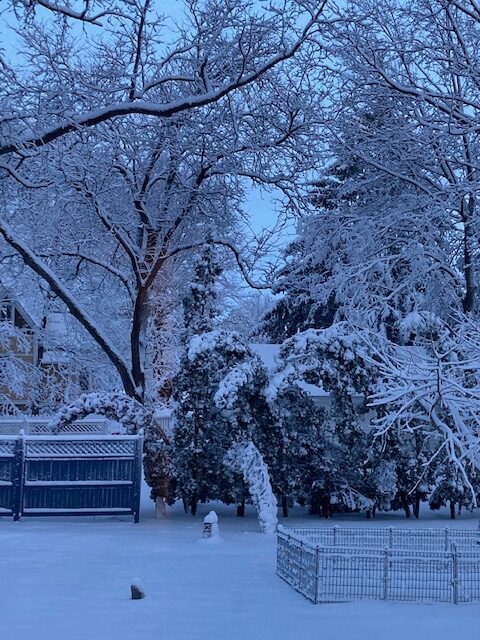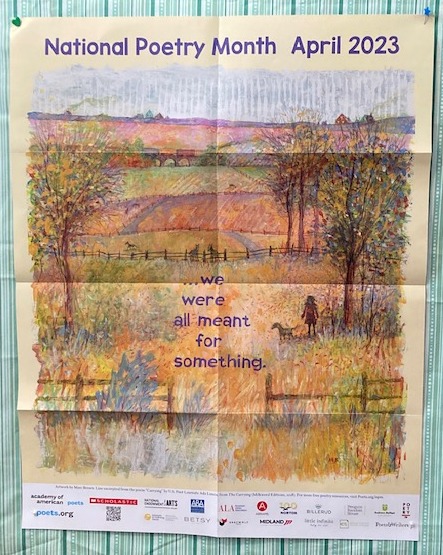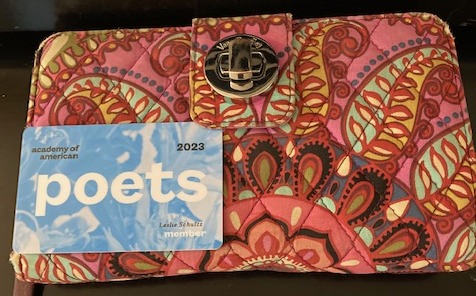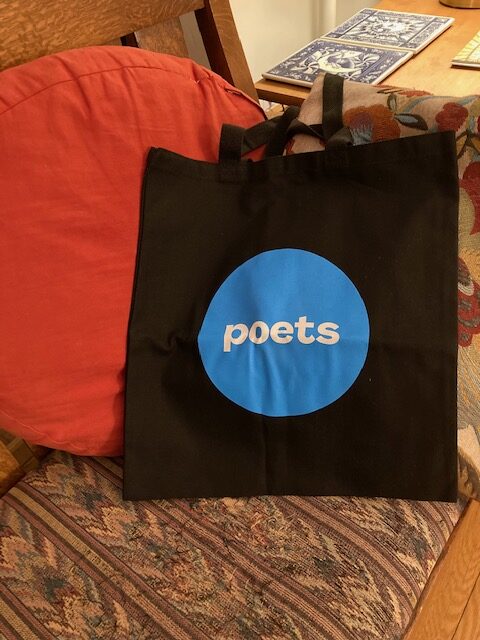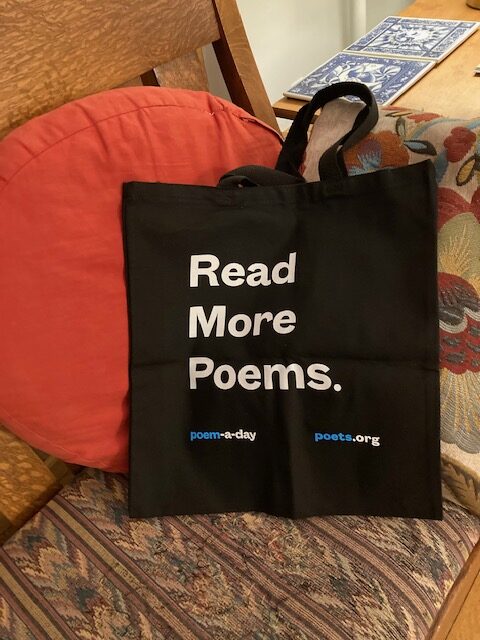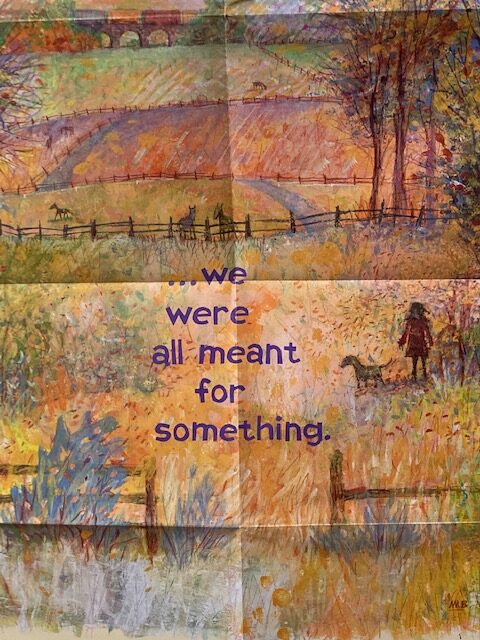

Spotlight on T.S. Eliot’s “The Song of the Jellicles” and Context for “The Song of the Maltipoos”:
Our dog, Stella, is an agile, six-year-old Maltipoo, who practically does back flips each morning for joy when her breakfast is presented. Until we adopted her a thirteen months ago, we had never heard of the Maltipoo (Maltese + Poodle) breed. The name cracks us up. Tim calls Stella “The Maltipoo Princess.” As she spent the first five years of her life in Houston, TX , is very finicky about rain and snow, loves comfort and waltzing for joy, I call her “The Southern Belle.”
One day, recently, as I brought Stella her breakfast, I thought of T.S. Eliot’s poem, “The Song of the Jellicles,” from his whimisically light collection, Old Possum’s Book of Practical Cats, which was the inspiration for the long-running (possibly immortal) Broadway musical, “Cats”. Specifically, when I looked at Stella, I thought of the magical phrase “Terpsichorean powers.” The first time I ever heard of the name of this Goddess of Dance was in high school when I joined a small modern dance club called Terpsichore, and learned that she was the Greek Muse of Dance (and some say of lyric poetry as well, though most sources credit Erato or Euterpe for this function.)
The result? This light-hearted paeon to dancing in the moonlight by Eliot (itself inspired, to my ear, by the song “Buffalo Gals“) –and our Stella–inspired this rendition in honor of tonight’s Full Moon.
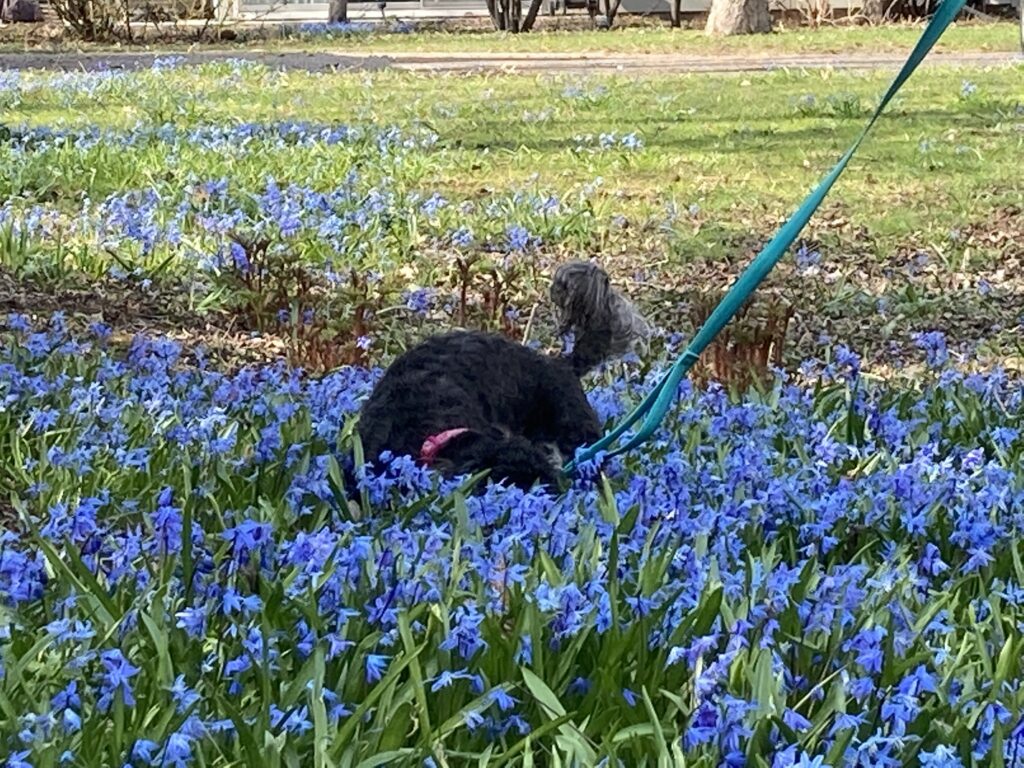
(If you don’t already receive a poem each day in April via email but would like to, drop me a line at winonapoet@gmail.com.)

Happy Full Moon!
Until tomorrow, may you find a moment to kick up your heels!
LESLIE
